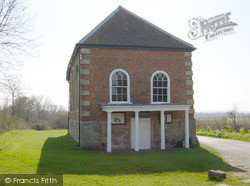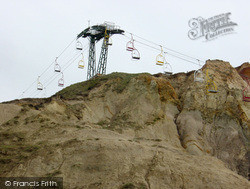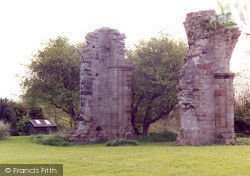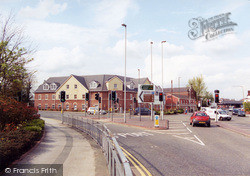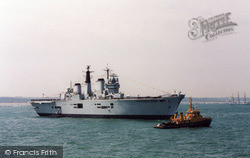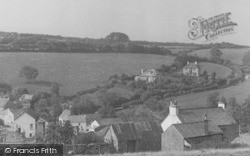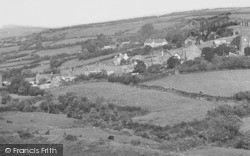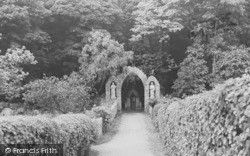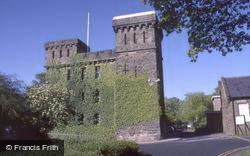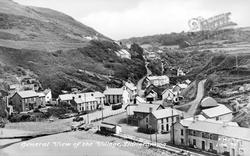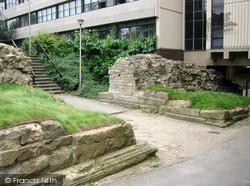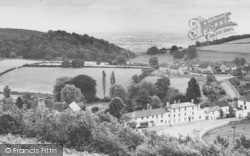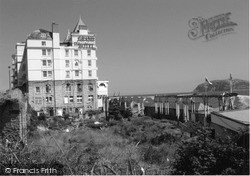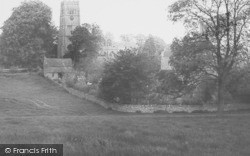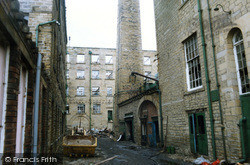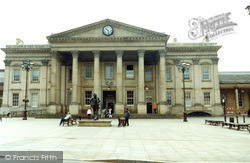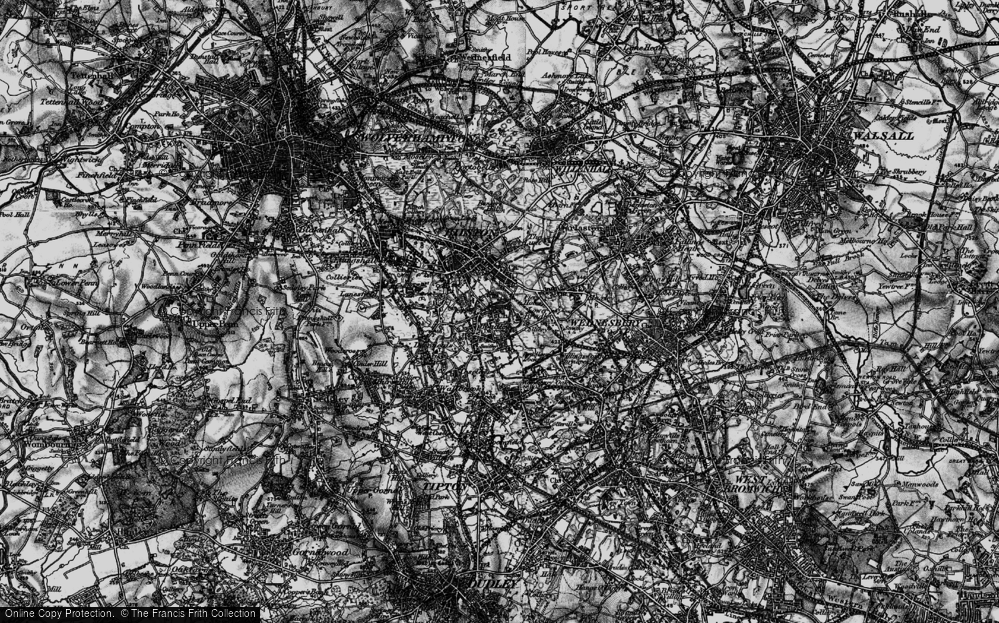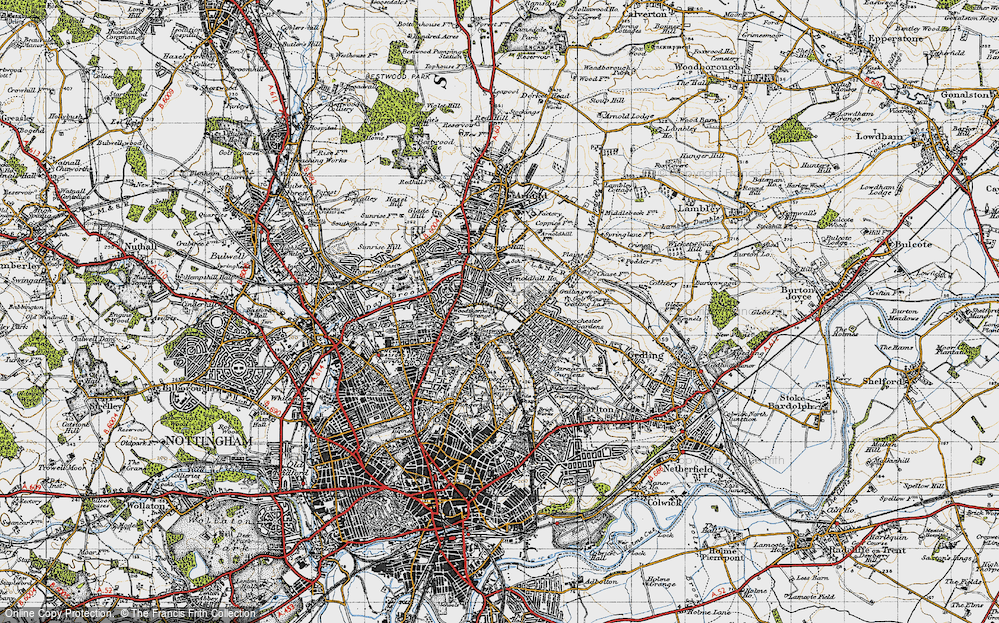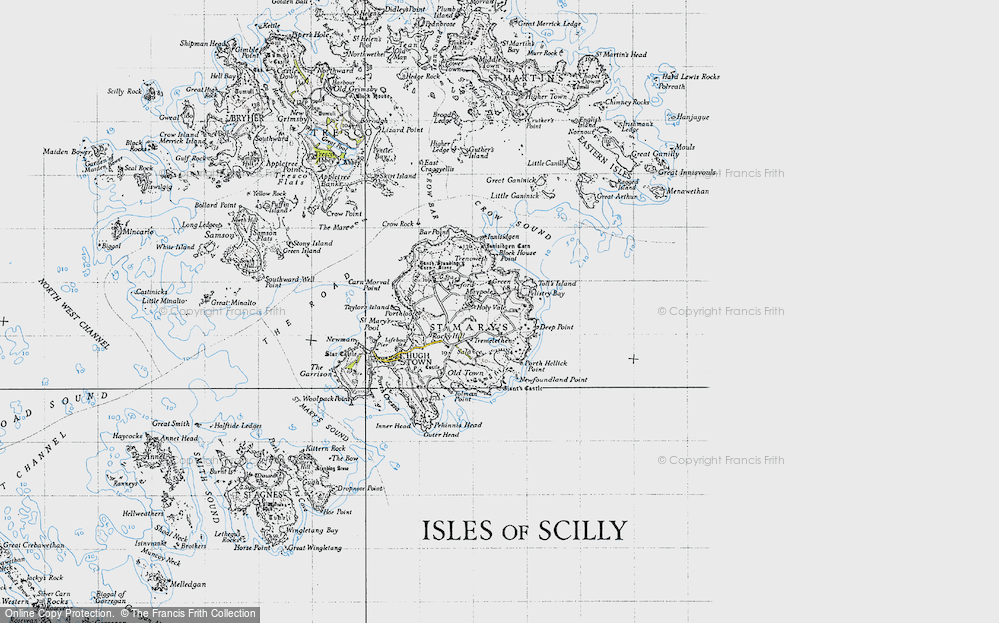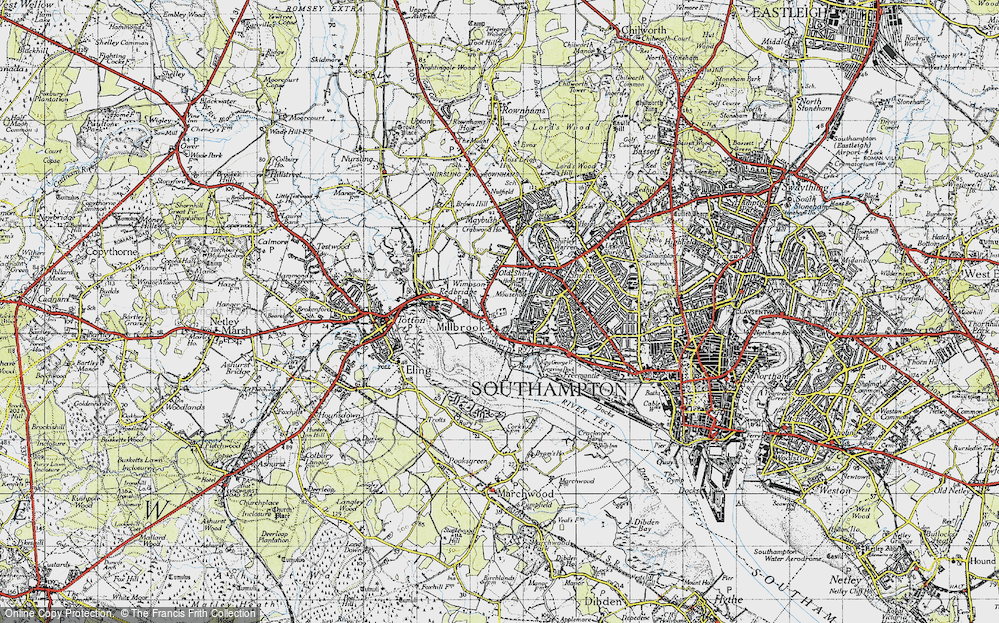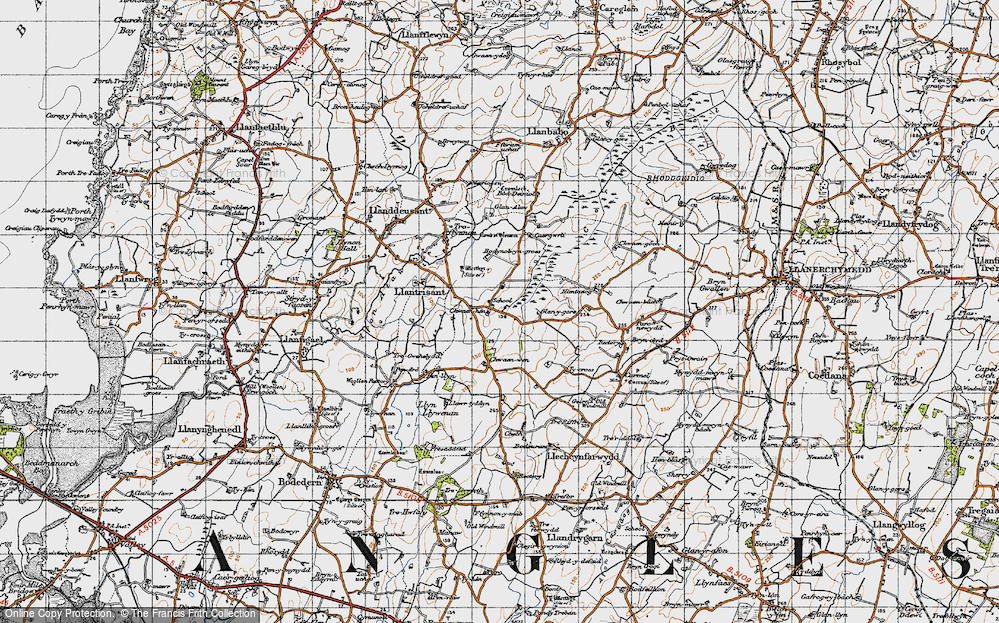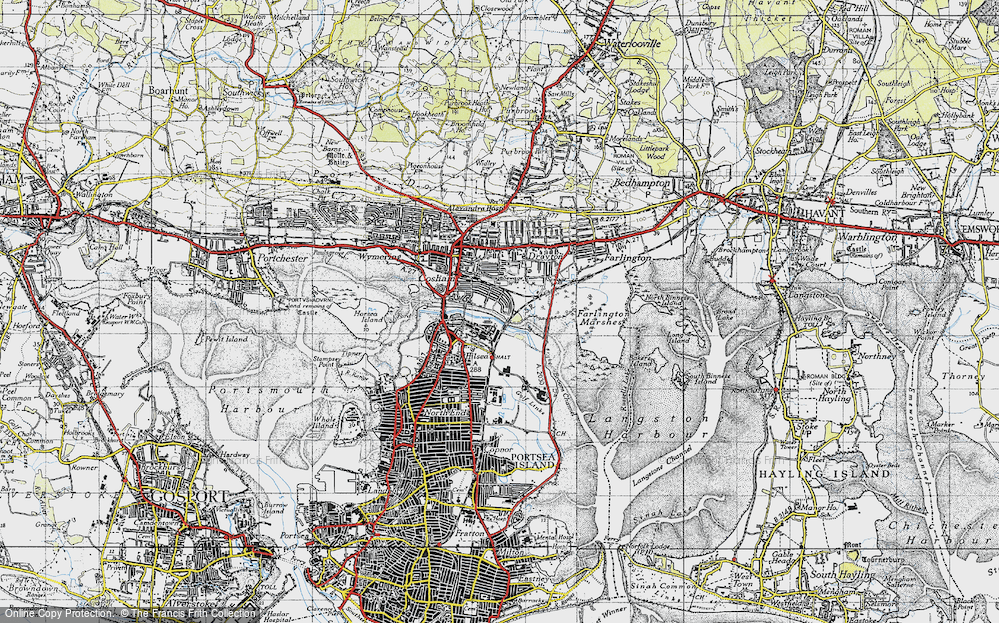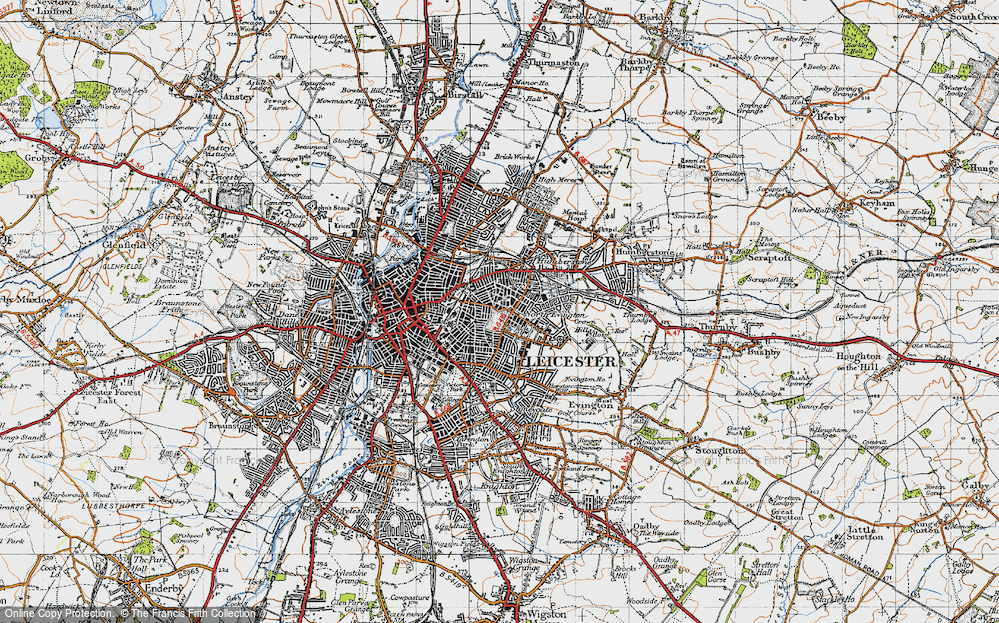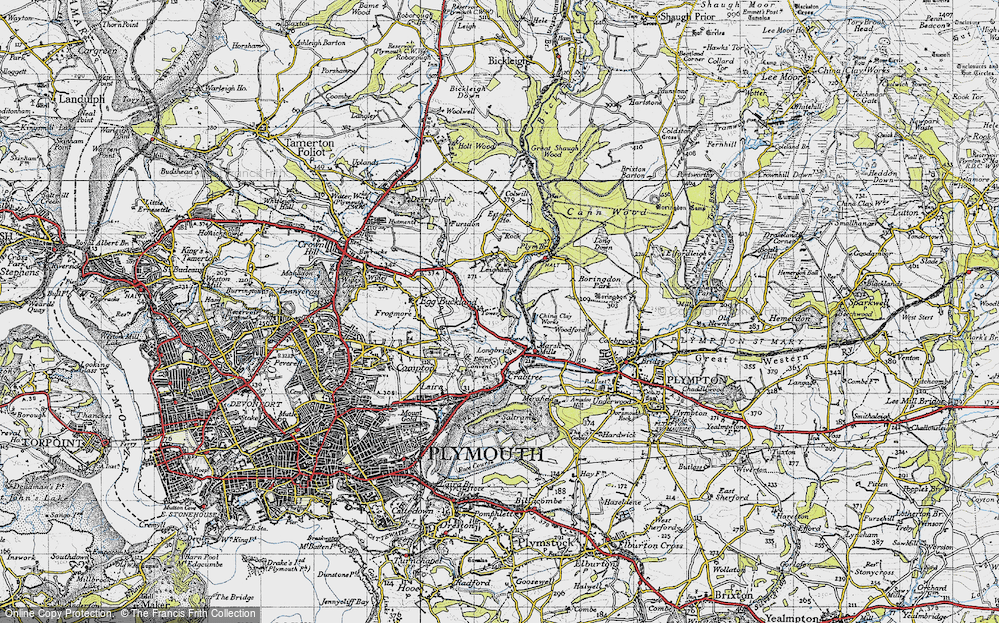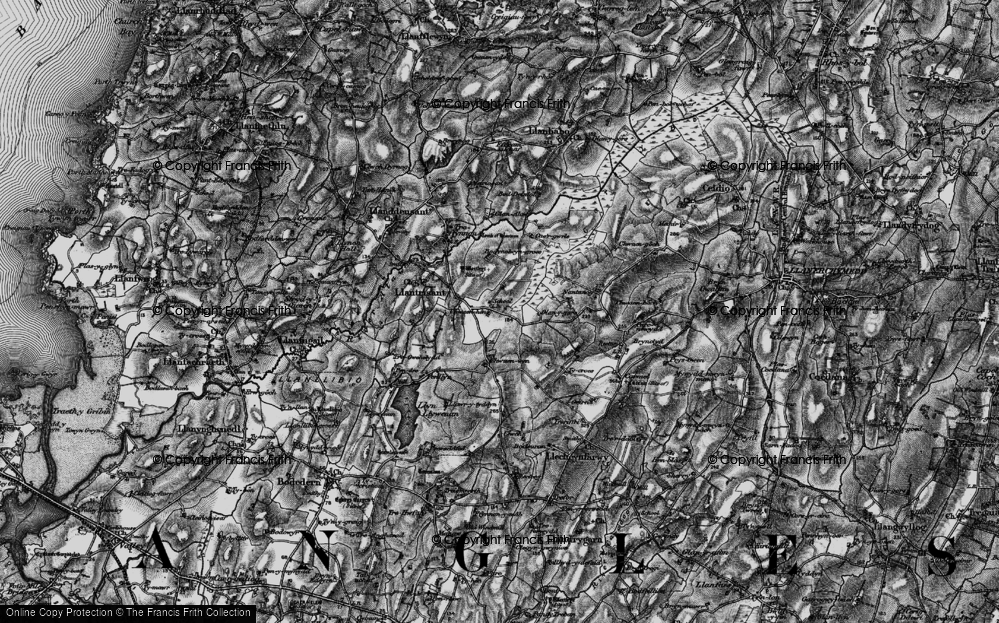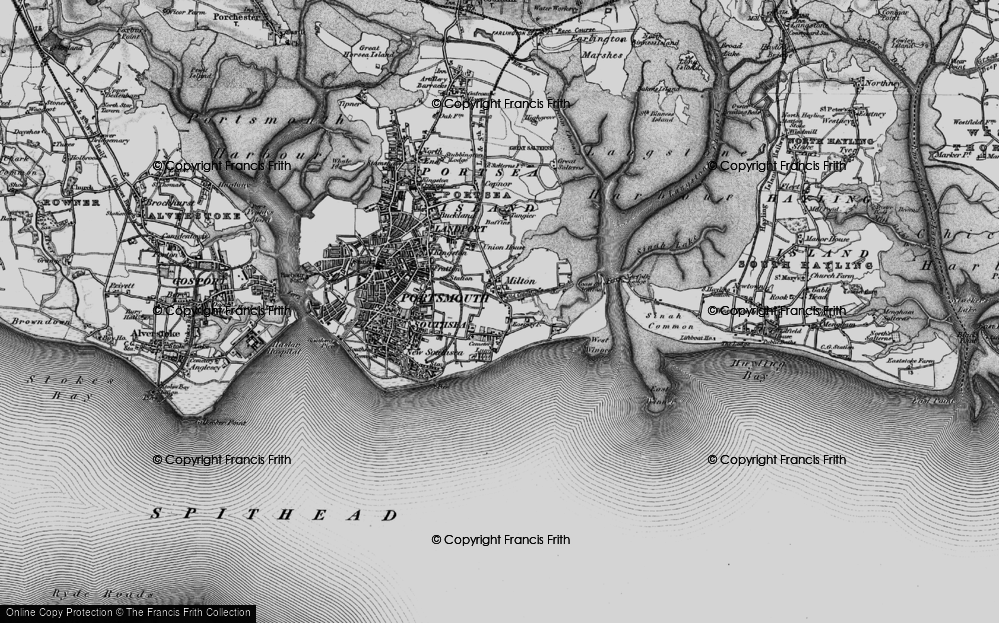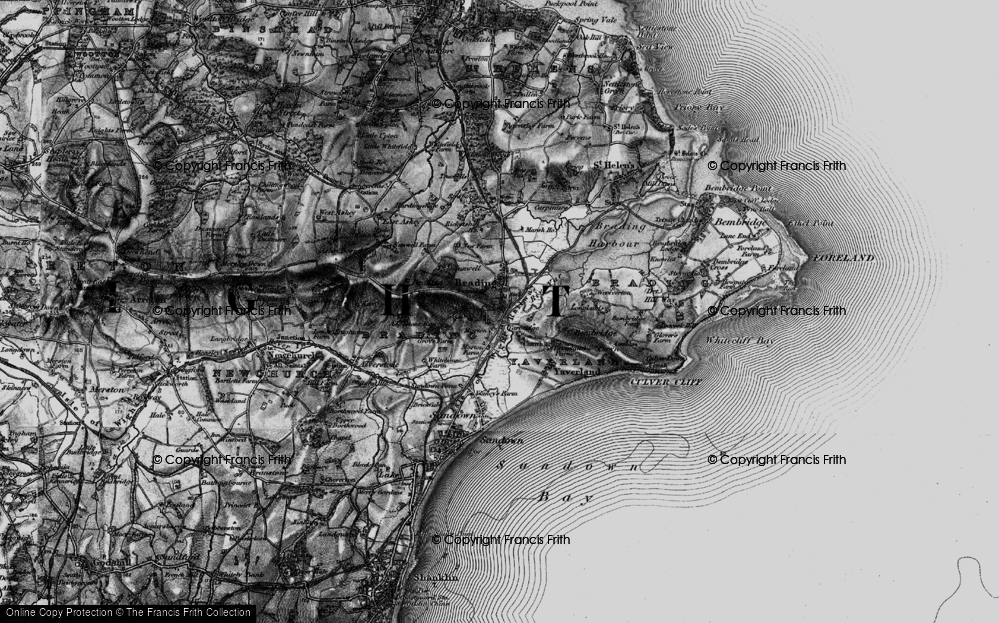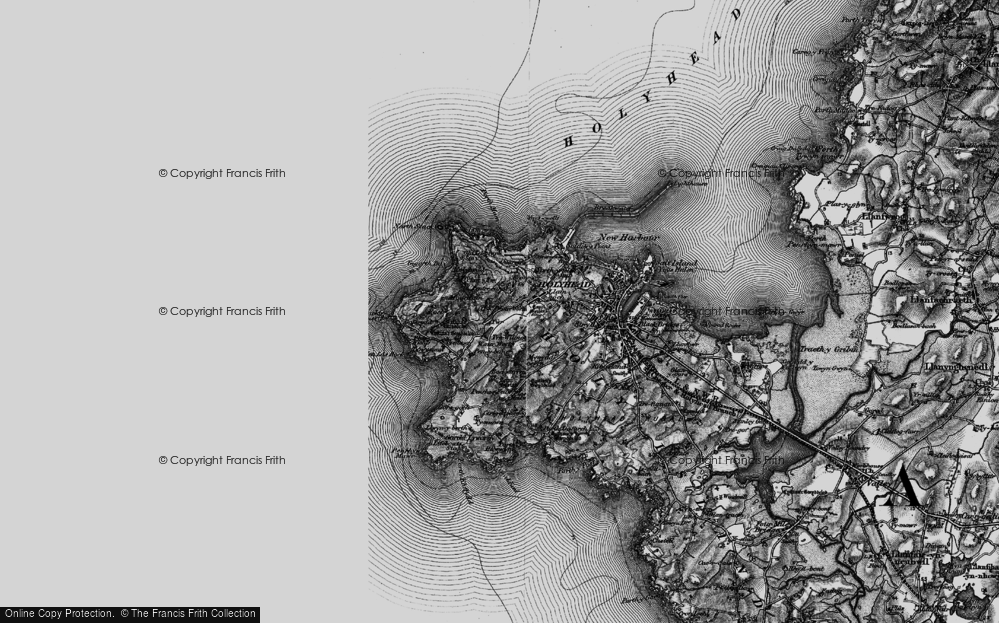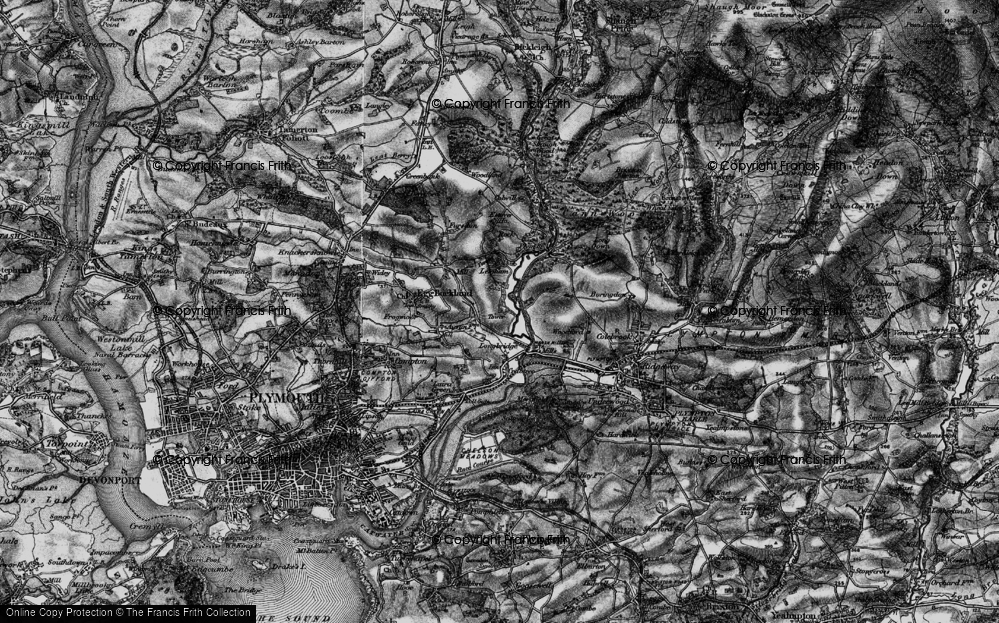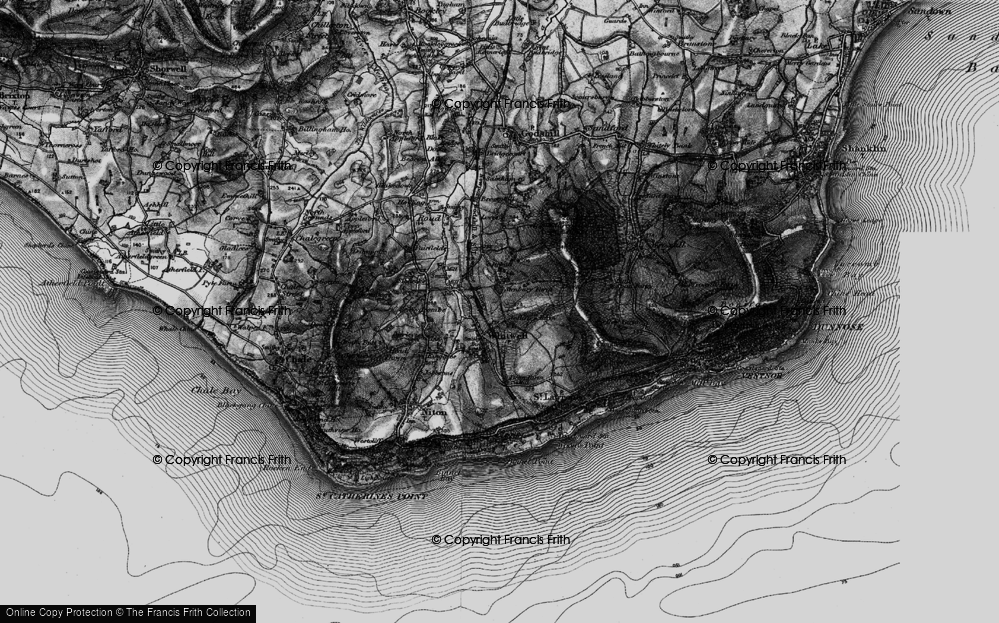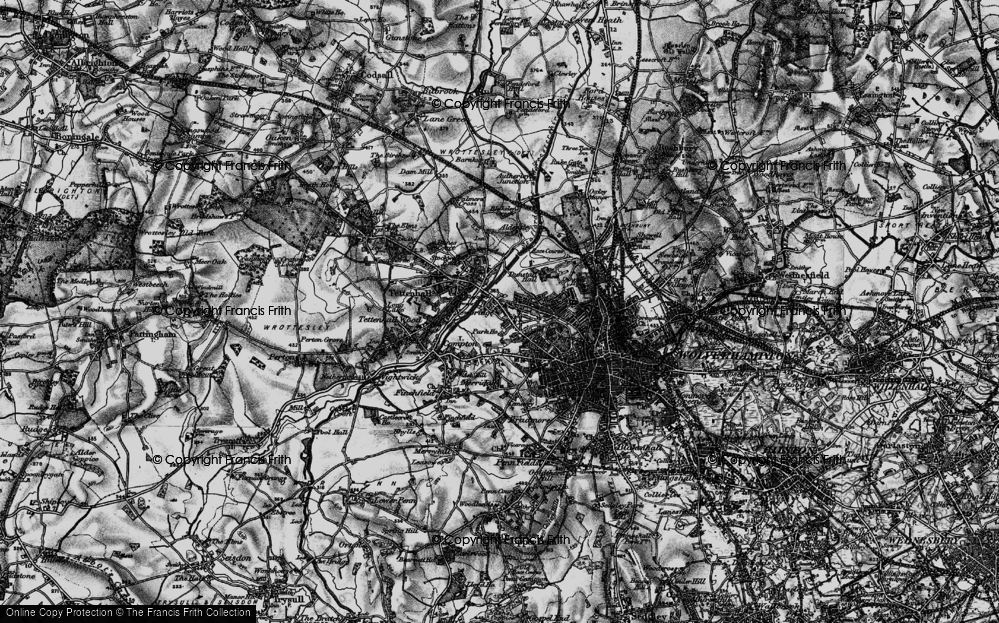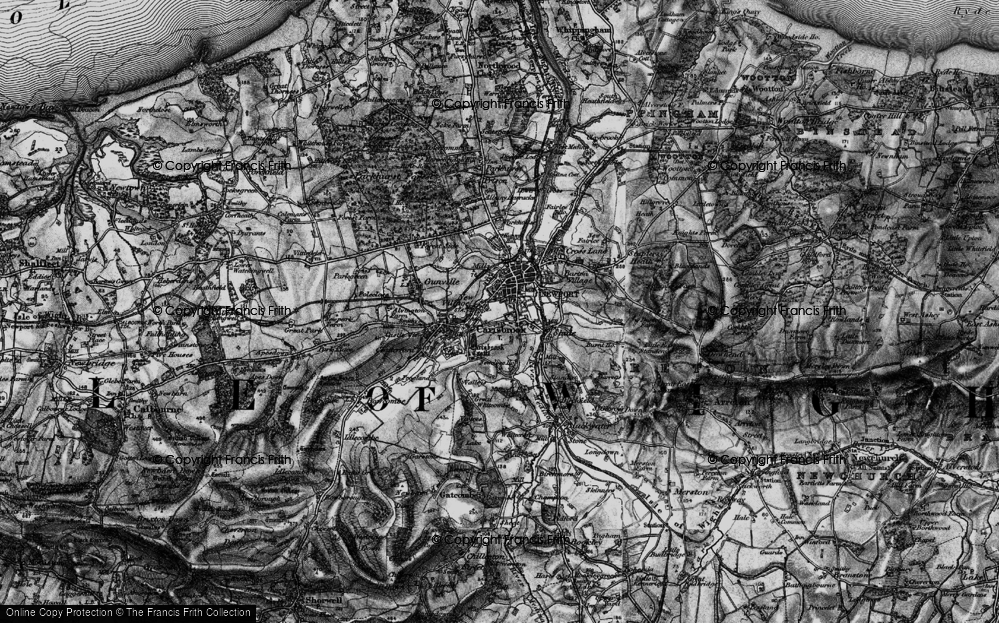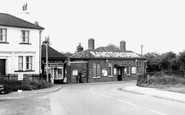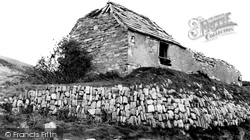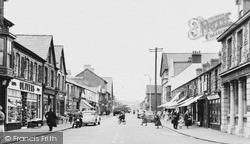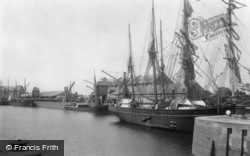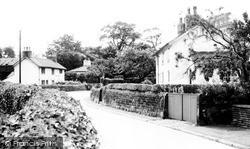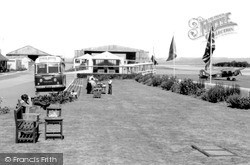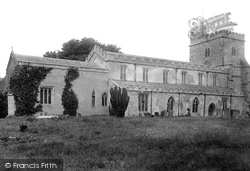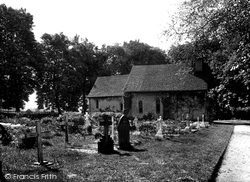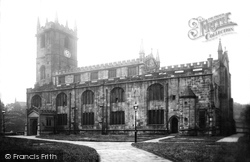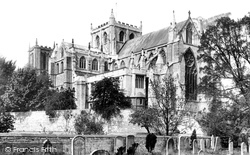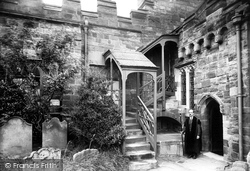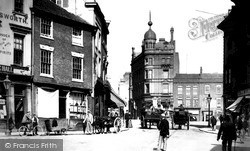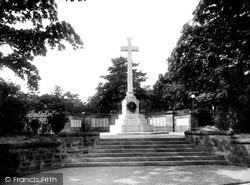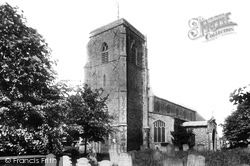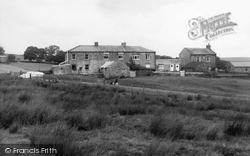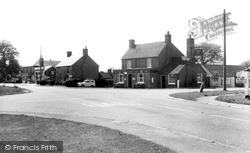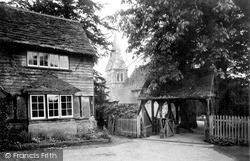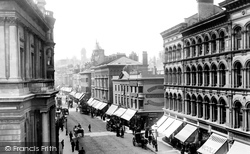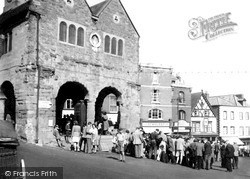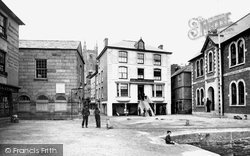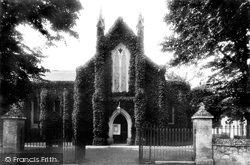Merry Christmas & Happy New Year!
Christmas Deliveries: If you placed an order on or before midday on Friday 19th December for Christmas delivery it was despatched before the Royal Mail or Parcel Force deadline and therefore should be received in time for Christmas. Orders placed after midday on Friday 19th December will be delivered in the New Year.
Please Note: Our offices and factory are now closed until Monday 5th January when we will be pleased to deal with any queries that have arisen during the holiday period.
During the holiday our Gift Cards may still be ordered for any last minute orders and will be sent automatically by email direct to your recipient - see here: Gift Cards
Places
36 places found.
Those places high-lighted have photos. All locations may have maps, books and memories.
- Shanklin, Isle of Wight
- Ventnor, Isle of Wight
- Ryde, Isle of Wight
- Cowes, Isle of Wight
- Sandown, Isle of Wight
- Port of Ness, Western Isles
- London, Greater London
- Cambridge, Cambridgeshire
- Dublin, Republic of Ireland
- Killarney, Republic of Ireland
- Douglas, Isle of Man
- Plymouth, Devon
- Newport, Isle of Wight
- Southwold, Suffolk
- Bristol, Avon
- Lowestoft, Suffolk
- Cromer, Norfolk
- Edinburgh, Lothian
- Maldon, Essex
- Clacton-On-Sea, Essex
- Felixstowe, Suffolk
- Norwich, Norfolk
- Hitchin, Hertfordshire
- Stevenage, Hertfordshire
- Colchester, Essex
- Nottingham, Nottinghamshire
- Bedford, Bedfordshire
- Bury St Edmunds, Suffolk
- Aldeburgh, Suffolk
- St Albans, Hertfordshire
- Hunstanton, Norfolk
- Chelmsford, Essex
- Bishop's Stortford, Hertfordshire
- Peterborough, Cambridgeshire
- Brentwood, Essex
- Glengarriff, Republic of Ireland
Photos
9,107 photos found. Showing results 921 to 940.
Maps
181,006 maps found.
Books
11 books found. Showing results 1,105 to 11.
Memories
29,072 memories found. Showing results 461 to 470.
Genealogy
My GGGrandmother, SARAH BRYANT, was born in Litton in 1839. She married a WILLIAM CARTER of Welton, M.S.Norton. She was the daughter of Thomas Bryant and Emily ??. Thomas was born in Stoke, Som. Emily was born in Ashwick,Som. Thomas was a ...Read more
A memory of Litton by
The Second World War
There was an air raid shelter under the green opposite the Three Jolly Wheelers pub. It comprised a number of concrete passageways. My mother my sister and I would use it on occasions when there was a particularly bad air ...Read more
A memory of Woodford Bridge in 1945 by
Where I Grew Up Born 1944
My Mum and Dad moved into the village in the 1930's into a new house in Rogers Lane and lived there for 66 years. My father was the village tailor working from a workshop in the back garden. My mother was very involved ...Read more
A memory of Stoke Poges in 1950 by
Sailing With My Dad
The best memories of sailing with my dad most weekends and baleing water out of the dingy. It leaked.
A memory of Heybridge in 1968 by
Stories Of North Creake
My grandfather, John Arnett, was the teacher at the North Creake school for many years. Four of his sons came to Canada. When I was a little girl growing up in distant Saskatchewan the uncles would gather and tell ...Read more
A memory of North Creake in 1890 by
Salford In The War
As a child I lived in Earl St Hanky Park then moved to Cottrill St off Ellor St. I attended John St school in the Ellor St area. I never really knew my dad. He went in the army when I was 4 years old in 1939 and returned in 1946 ...Read more
A memory of Salford in 1930 by
Frognal Hampstead London Nw3 6yd
Frognal was mentioned in the early 15th century as a customary tenement and in 1740 Frognal field was the eastern abutment of Northfield, part of the demesne. By the 17th century there were several cottages and ...Read more
A memory of Hampstead by
Gowers Bridge
Gowers bridge was not too far from where we lived and was a great place to take the children for a picnic, to learn to ride a tricycle and to skim stones across and see who won, then pick our way to Llyn Bwrw Eira, along the banks, ...Read more
A memory of Llanrwst in 1956 by
The Watford To Rickmansworth Railway In The Second World War
Croxley Green station is now - in the 21st century - merely a shadow of its former busy life. My Auntie Dorrie (Doris Lacey) worked at this station throughout the Second World War and ...Read more
A memory of Croxley Green in 1940 by
Catching A Train
After visiting my aunt and uncle who were the Matron and Superintendant of the Banstead Residential School, which was adjacent to the railway line, my mother and I would hasten along to the station to begin our journey home. If a ...Read more
A memory of Banstead in 1930 by
Your search returned a large number of results. Please try to refine your search further.
Captions
29,158 captions found. Showing results 1,105 to 1,128.
In the early-1850s, an old soldier lived in Tunstall who, because he was a veteran of Wellington's army at Waterloo, went by the name of 'Waterloo'.
Seen as a ruin, looking east from the beach of Worbarrow Bay, stone-roofed Sea Cottage was the home of generations of the Miller family.
Treorchy is the capital of Rhondda Fawr, and on a historical note, is listed in 1977 as the place in which the female workforce numbered the same as the male - an indication of the locality's well-documented
In the early-1850s, an old soldier lived in Tunstall who, because he was a veteran of Wellington's army at Waterloo, went by the name of 'Waterloo'.
Built south of the town, the new docks were 825 feet long by 450 feet wide and are still busy.
On the edge of the village stands the black and white half-timbered Rufford Old Hall, owned now by the National Trust, but seat of the Hesketh family for about 600 years.
The small civil airport at Lympne was developed from the wartime fighter base, prior to the enormous expansion of London's Heathrow and Gatwick airports, for short cross-channel flights.
St Michael's parish church is north of the High Street, and a reminder of a pre- Rothschild era for the village, although the chancel was restored at his expense in 1877.
The tiny flint-walled church of St Mary was rebuilt c1135, and is one of the smallest in the county. It is only 60ft long, and consists of a nave and a lower chancel.
A hint of the heavily-wooded banks of the Brun can be seen on the left of this picture.
Ripon is one of England's smallest cathedral cities; in 1836 it became the centre of a new bishopric.
That was an age of great prosperity, thanks to the flourishing wool trade, and there is little sign of such wealth and population in the small hamlet of today.
The churchwarden awaits the arrival of the owners of the abbey (who at this date would have been the Stricklands), ready to escort them up to their private gallery in the church; the gallery
In the years immediately prior to the Great War, a number of British car manufacturers got round the problem of the poor state of most of the country’s roads by offering ‘colonial’ versions of
At the top of Greenway Road, looking back towards the heart of old Runcorn is the war memorial.
There was a church in Holt by 1086, the year of the Domesday Book.
The somewhat interestingly named hamlet of Dirt Pot lies just one mile north of Allenheads.
We are on the Eastbourne main road, south of Uckfield.
Worth village stands in the Forest of Worth, east of Crawley, and was a place of pilgrimage. The fine Anglo-Saxon church of St Nicholas was a principal church in pre-Conquest times.
New Street was the scene of many events. Large crowds gathered along it for the laying of the foundation stone of the Masonic Hall.
The Market Hall, built of red sandstone, dates from the mid 1600s and stands on the site of an earlier hall. The carving between the windows is of a bust of Charles II.
Fowey, the 'Troy Town' popularised by the Victorian writer Quiller Couch, is blessed with a spacious natural harbour, and was once one of the foremost seaports of Britain.
All Saints was built in 1837 on land donated by Sir John Kennaway. Construction cost £3,000 of which £1,500 was given by Rev Joseph Bradney.
A quarter of a century apart, this and the previous view of the High Street show how little it changed throughout the 20th century, with the exception of traffic problems and an increased number
Places (6814)
Photos (9107)
Memories (29072)
Books (11)
Maps (181006)



